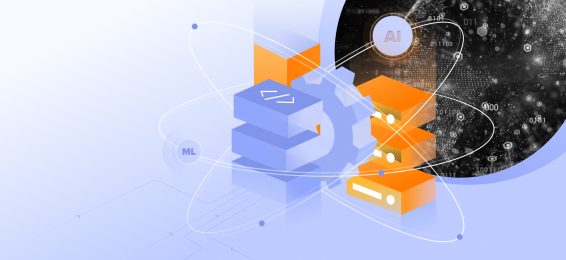What is the ETL process in a data warehouse?
The ETL process in data warehouse systems involves extracting raw data from multiple sources, transforming it into a standardized format (ETL framework), and loading it into the warehouse. This ensures that data is clean, consistent, and ready for business intelligence applications. ETL architecture diagrams help visualize this process for implementation.
What is ETL in SQL?
In SQL, ETL SQL refers to using SQL scripts or queries to perform extract, transform, and load operations. SQL often handles the transform step to cleanse and structure data, leveraging ETL databases as staging areas before the final load into the destination system.
What is an ETL example?
An ETL pipeline example could be an e-commerce company collecting sales data from its website, payment gateway, and CRM system. The company uses an ETL platform like Informatica ETL to transform the data by removing duplicates and loading it into a data warehouse for creating dashboards. ETL automation ensures that these pipelines run seamlessly.
What is the ETL architecture?
ETL architecture outlines the framework for how data is extracted, transformed, and loaded. It typically includes components like source systems, staging areas, ETL tools, and the destination data warehouse. Modern cloud ETL architectures also incorporate real-time streaming and ETL integration with cloud platforms like Snowflake or AWS Redshift.
What is an ETL data pipeline?
An ETL data pipeline refers to the automated workflow that moves data from sources to destinations. While ETL pipelines focus on transforming data during transit, they also include automation, error monitoring, and ETL testing tools to ensure reliability.
What is the difference between ETL and a data pipeline?
ETL vs data pipeline reflects a key distinction: while ETL is specifically designed to transform data during transit, data pipelines can also include ELT workflows or real-time streaming without transformation. This difference highlights the flexibility of ETL solutions for specific data integration ETL needs.
What are ETL best practices?
ETL best practices include:
- Ensuring data quality at every step through ETL testing.
- Automating workflows for efficiency (ETL automation).
- Designing scalable pipelines using modern ETL programming.
- Monitoring and logging errors with robust ETL tools.
- Prioritizing security and compliance with data privacy regulations.
What is ETL orchestration?
ETL orchestration refers to the coordination of tasks within the ETL workflow. It involves scheduling, monitoring, and managing dependencies to ensure data workflows execute smoothly. Tools like Apache Airflow are commonly used for orchestration in ETL projects.
What are ETL tools?
ETL tools are software solutions that automate the ETL process. Popular options like Informatica ETL tool, SSIS ETL, and Snowflake ETL tools streamline data extraction and transformation. For open-source solutions, tools like Apache NiFi are also part of the ETL tools list.
What are the differences between ELT and ETL?
ELT vs ETL refers to the order of operations. While ETL transforms data before loading it into the destination system, ELT loads raw data first and then performs transformations within the system itself. This difference is particularly relevant in cloud ETL solutions like Snowflake, which supports ETL and ELT processes.



